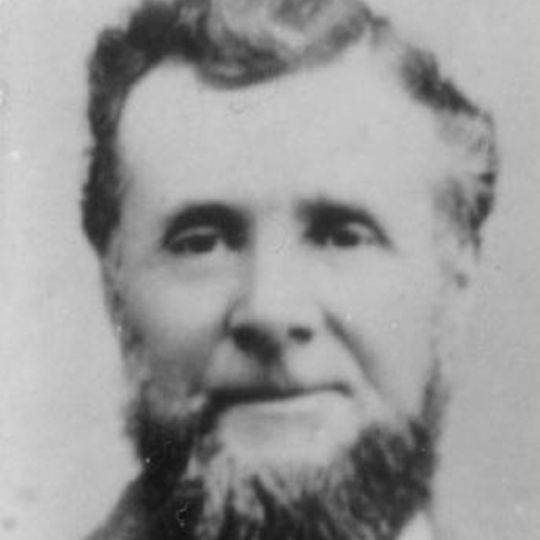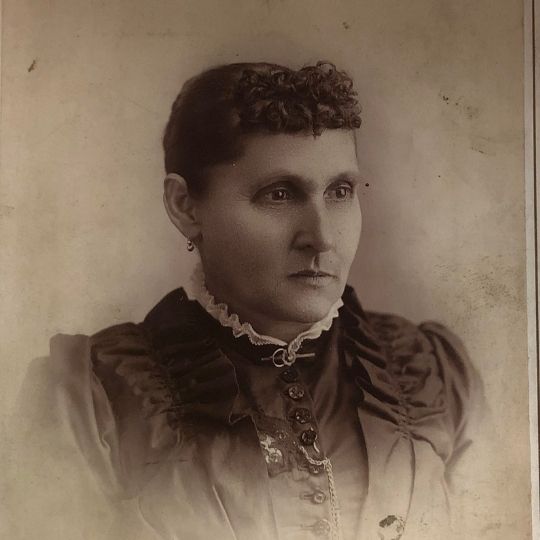Simultaneously, Kirkham ran as fast as his twelve-year-old legs could speed him to the Jordan Bridge. He shouted out the macabre scene he had just witnessed to the Balls. Kirkham kept running into Lehi to share the gruesome news. The Lehi men formed a posse to no avail.
Soon after, Frederick Scarlett, who had been following the stage route at a distance from old Camp Floyd, came upon the scene and witnessed the mutilated bodies of Reynolds and O’Shonnison on each side of the mail coach. Their bodies were naked, scalped, and horribly mutilated. Later George Kirkham reported that he saw the Indians cut the two mailcoach men’s hearts out and eat them.
The Goshutes had murdered the two stagecoach men. In his journal, George Kirkham wrote, “A man, who kept the next station by the name of Porter Rockwell, came with a team and took the bodies to Salt Lake City. The Indians went their way and they never were brought to justice.”
A Lehi posse and dispatched Camp Douglas soldiers were dispatched but did not find the attackers. The local Mormon population blamed the Fort Douglas soldiers for the massacre since they had killed and frightened Indians. The attackers were never brought to justice.
The morning after the attack, William Ball, who was returning from Goshen, met the same band of attackers. They proudly held up the scalps in front of William. The Goshutes also displayed the bugle and other property of the murdered stage men. The attackers rode off never to be seen again.


